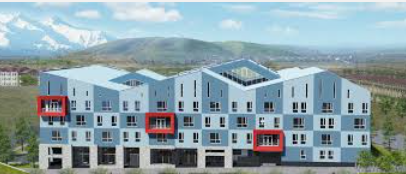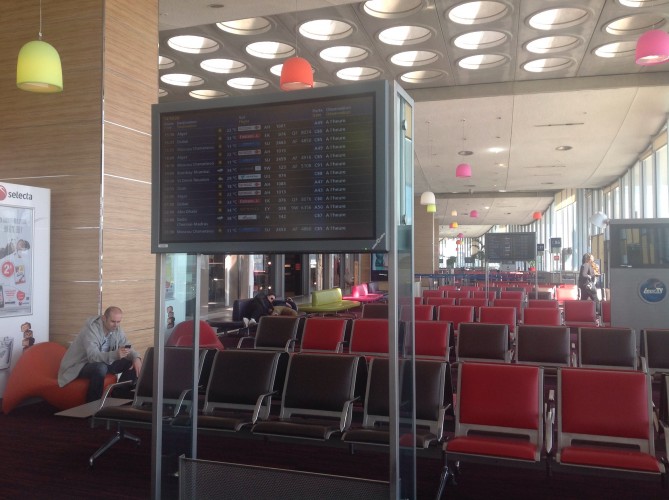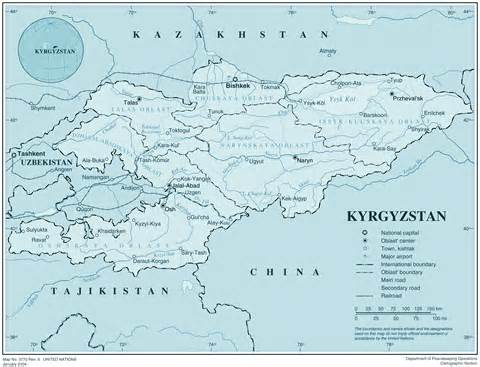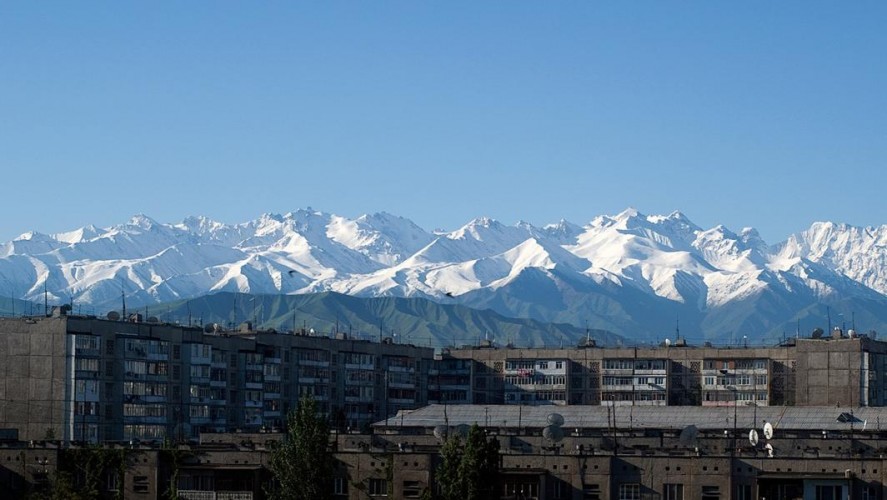 From the outside the four-story blue and red building seems out to jut out from its surroundings. Behind the university the rolling green hills just keep pulling your eyes to the horizon; to the left is a large Orthodox church with gold onion domes and to the right is a car repair shop. Once you go inside the building, though, you see how cleverly designed it is. On the first floor is an area called the Forum
From the outside the four-story blue and red building seems out to jut out from its surroundings. Behind the university the rolling green hills just keep pulling your eyes to the horizon; to the left is a large Orthodox church with gold onion domes and to the right is a car repair shop. Once you go inside the building, though, you see how cleverly designed it is. On the first floor is an area called the Forum , which is an enormous wooden staircase where lectures and performances happen. The floors of the university are made of concrete, the pipes covered in foil–inexpensive and hip materials–and all the spaces are open and relaxed. The students call it their NYC loft. Just feeling the calmness and happiness the students exude makes me realize just how important a beautifully designed space is to one’s spiritual and physical being.
, which is an enormous wooden staircase where lectures and performances happen. The floors of the university are made of concrete, the pipes covered in foil–inexpensive and hip materials–and all the spaces are open and relaxed. The students call it their NYC loft. Just feeling the calmness and happiness the students exude makes me realize just how important a beautifully designed space is to one’s spiritual and physical being.
In the past three days, I’ve had some kind of conversation or session with all the librarians. What I sense is an academic library that has an enormous possibilities for change, following the creative path set in place by the building it is housed in. Maybe the space is so collaboratively laid out that there is enough momentum in the building to start moving things along just on their own. Wouldn’t that be nice.

 Since one of the themes of this trip seems to be technology, I will comment on how easy it is to hook into the international grid here in Paris’s CDG airport. What a difference from the late 70s when I was living in Paris, sending my mother a letter every week, and calling home was so expensive it only signaled an emergency or one’s birthday. I am drinking a Starbucks chai latte, have called our home landline via Skype, am now using my IPad to write and take photos and occasionally read on my Kindle to pass the time. I just subscribed to a fabulous service
Since one of the themes of this trip seems to be technology, I will comment on how easy it is to hook into the international grid here in Paris’s CDG airport. What a difference from the late 70s when I was living in Paris, sending my mother a letter every week, and calling home was so expensive it only signaled an emergency or one’s birthday. I am drinking a Starbucks chai latte, have called our home landline via Skype, am now using my IPad to write and take photos and occasionally read on my Kindle to pass the time. I just subscribed to a fabulous service 
